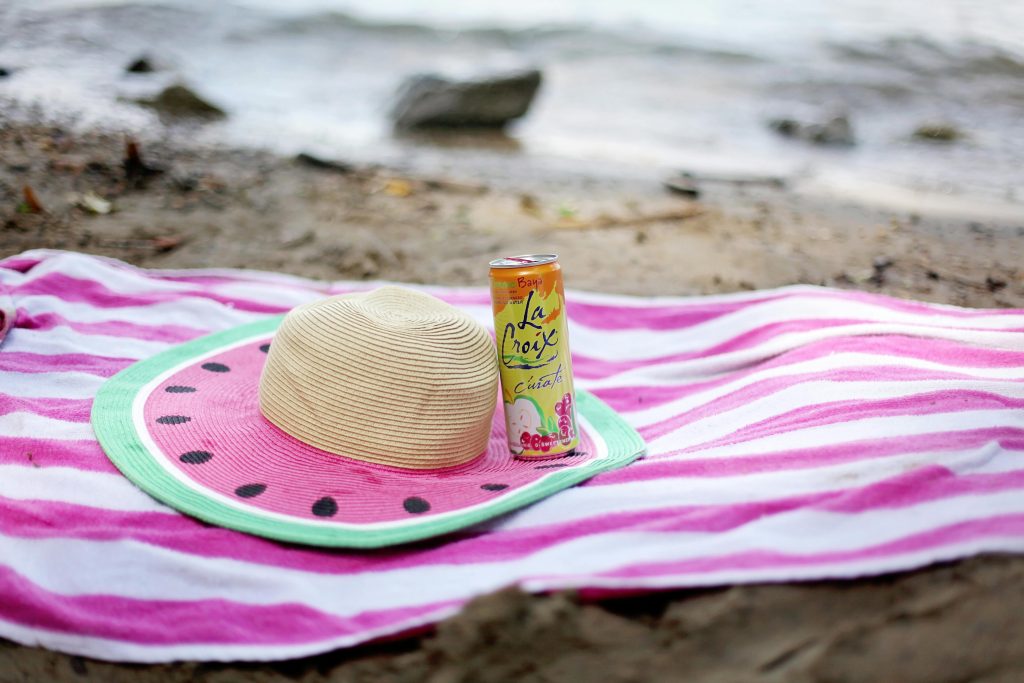Table of Contents
Sparkling water, often perceived as a simple alternative to still water, has become increasingly popular worldwide. With its effervescence and refreshing taste, sparkling water is not just a hydration choice; it’s a beverage trend that embodies health, flavor, and style. This article explores the origins, types, health benefits, and cultural significance of sparkling water, shedding light on why it has captured the hearts of consumers everywhere.
The Origins of Sparkling Water
The history of sparkling water dates back to ancient times, with evidence suggesting that naturally carbonated mineral springs were revered by the Romans and other civilizations for their purported health benefits. The process of carbonation, however, was first artificially created in the 18th century. In 1767, English chemist Joseph Priestley discovered a method to infuse water with carbon dioxide, creating a fizzy drink that laid the groundwork for modern sparkling water production.
In the 19th century, carbonated water gained popularity, and the first commercially produced sparkling waters emerged. Brands like Perrier and San Pellegrino became household names, and the drink transitioned from a medicinal tonic to a fashionable beverage, often served in upscale restaurants and social gatherings.

Types of Sparkling Water
Today, sparkling water comes in various forms, catering to different tastes and preferences:
- Natural Sparkling Water: Sourced from mineral springs, this type of water is naturally carbonated and often contains minerals like calcium, magnesium, and potassium. Its flavor profile varies depending on the source and mineral content.
- Carbonated Spring Water: Similar to natural sparkling water, this type is derived from spring water but is artificially carbonated. It retains some of the minerals found in spring water, offering a refreshing taste.
- Soda Water: Also known as club soda, soda water is plain water that has been carbonated and may include added minerals like sodium bicarbonate or potassium sulfate. It is commonly used as a mixer in cocktails.
- Sparkling Mineral Water: This variety contains natural minerals and carbonation. It is often considered the most flavorful option, with varying degrees of fizziness and mineral content.
- Flavored Sparkling Water: In response to consumer demand for healthier alternatives to sugary sodas, many brands now offer flavored sparkling waters, infused with natural fruit essences or extracts. These beverages provide a burst of flavor without added sugars or calories.
Health Benefits of Sparkling Water
While some may question the health implications of sparkling water, it actually offers several benefits:
- Hydration: Sparkling water is just as hydrating as still water. The carbonation does not negate its hydrating properties, making it a great alternative for those who find plain water unappealing.
- Reduced Sugar Intake: With a rise in health-conscious consumers, flavored sparkling waters offer a delicious way to satisfy cravings for soda without the added sugars and calories. This can help with weight management and reduce the risk of chronic diseases linked to high sugar consumption.
- Digestive Aid: Some studies suggest that carbonated water may aid digestion by promoting feelings of fullness and helping to alleviate indigestion and constipation.
- Alternative to Sugary Beverages: Sparkling water serves as a healthier substitute for sugary drinks, reducing overall sugar and calorie intake while still providing a satisfying fizz.

Cultural Significance
Sparkling water has transcended its role as a beverage to become a cultural phenomenon. It is often associated with sophistication and wellness, frequently appearing in fine dining establishments, health-conscious cafes, and social events. The rise of sparkling water has also been embraced by the hospitality industry, with restaurants offering an extensive selection of sparkling waters to complement their menus.
Additionally, the popularity of home carbonation systems has made it easier for consumers to enjoy sparkling water at home. Brands like SodaStream allow individuals to carbonate their own water, leading to a more personalized drinking experience.
The Future of Sparkling Water
As the beverage landscape continues to evolve, sparkling water is poised for further growth. With consumers increasingly prioritizing health and wellness, the demand for low-calorie, sugar-free drinks is likely to drive innovation in the sparkling water market. Expect to see more unique flavor combinations, environmentally friendly packaging, and premium products that cater to discerning palates.
Moreover, the trend towards sustainability is likely to impact how sparkling water is produced and packaged. As consumers become more environmentally conscious, brands that prioritize eco-friendly practices will likely gain a competitive edge.
Conclusion

Sparkling water is more than just a refreshing drink; it is a versatile and health-conscious choice that appeals to a wide range of consumers. With its rich history, diverse offerings, and numerous health benefits, sparkling water continues to make waves in the beverage industry. Whether enjoyed on its own or as a mixer in cocktails, this effervescent beverage is here to stay, capturing the essence of modern hydration and style. So, next time you reach for a drink, consider the fizzy delight of sparkling water—your taste buds and body will thank you!
